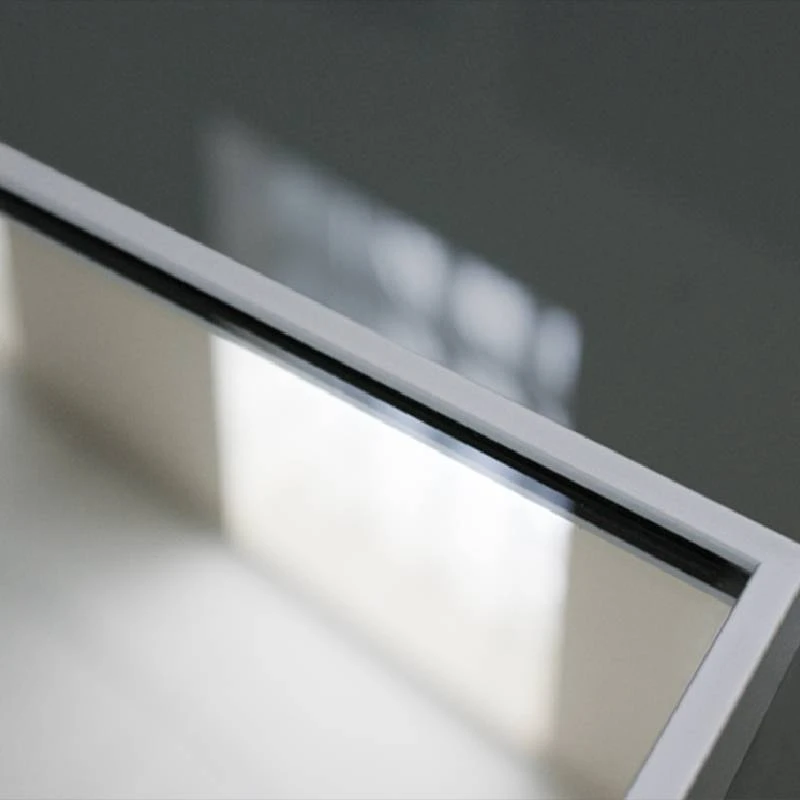

Transforming Clear Glass to Frosted Glass A Guide to Enhancement and Privacy
In an era where home aesthetics and privacy are paramount, the desire to transform clear glass into frosted glass has gained significant attention. Whether for residential or commercial purposes, the modifications not only elevate the visual appeal of spaces but also provide an element of privacy. In this article, we will explore the methods to convert clear glass to frosted glass, the advantages of frosted glass, and practical applications.
Why Frosted Glass?
Frosted glass is a popular choice for many reasons. Primarily, it diffuses light, allowing natural illumination while obscuring visibility. This characteristic makes it ideal for environments where privacy is crucial, such as bathrooms, conference rooms, and office partitions. Beyond privacy, frosted glass adds a sophisticated touch to decor, blending well with various design styles from modern minimalist to classic vintage.
Methods of Frosting Glass
1. Frosted Glass Film One of the easiest and most cost-effective methods is to apply a frosted glass film. Available in rolls at home improvement stores, these adhesive films are designed to mimic the appearance of truly frosted glass. They can be cut to size and applied directly to the glass surface. The installation process involves cleaning the glass thoroughly, measuring the required dimensions of the film, cutting it to size, and applying it carefully to avoid air bubbles. This method allows for easy removal or replacement if a change in decor is desired.
2. Sandblasting For a more permanent solution, sandblasting is a popular technique. It employs high-pressure air to propel sand particles against the glass surface, creating a frosted look. This method can be used to create intricate patterns or an entirely uniform frosted appearance. While sandblasting requires professional equipment and expertise, the results are long-lasting and durable.
3. Etching Similar to sandblasting, glass etching involves using chemicals to create a frosted effect. Acid etching is a common method where a caustic solution is applied to the glass to achieve the desired level of opacity. Like sandblasting, this method allows for detailed designs and patterns. However, it requires careful handling of chemicals and should be performed by professionals or trained individuals.
4. Frosted Paint Frosted glass spray paint is another option that can quickly transform clear glass into frosted glass. This spray can be used for various projects, including windows, glass doors, or decorative panels. The application is relatively straightforward—simply spray evenly on the glass surface and allow it to dry. This option is excellent for DIY enthusiasts looking for a fast and easy solution.

The Benefits of Frosted Glass
Beyond aesthetics, frosted glass offers several benefits that contribute to its popularity.
- Privacy As mentioned, frosted glass obscures visibility, making it an excellent addition to spaces requiring discretion. - Light Diffusion Unlike clear glass, which can create glare, frosted glass softens natural light, creating a more pleasant ambiance in any room. - Energy Efficiency Frosted glass can help reduce heat transfer during summer and winter months, thus contributing to better energy efficiency in homes or buildings.
- Versatile Design Frosted glass can complement various design themes, making it a versatile choice for homeowners and designers alike.
Practical Applications
Frosted glass can be utilized in numerous applications, including shower doors, kitchen cabinets, office partitions, window treatments, and decorative art pieces. Its adaptability allows it to fit seamlessly into any space, enhancing both functionality and aesthetics.
Conclusion
Transforming clear glass to frosted glass provides an effective solution to enhance privacy and design in various environments. Whether through the application of films, sandblasting, etching, or spray paint, there are multiple methods available to achieve the desired frosted effect. As the demand for stylish and functional design solutions grows, frosted glass emerges as a top contender, bringing together aesthetics, utility, and comfort in everyday spaces.